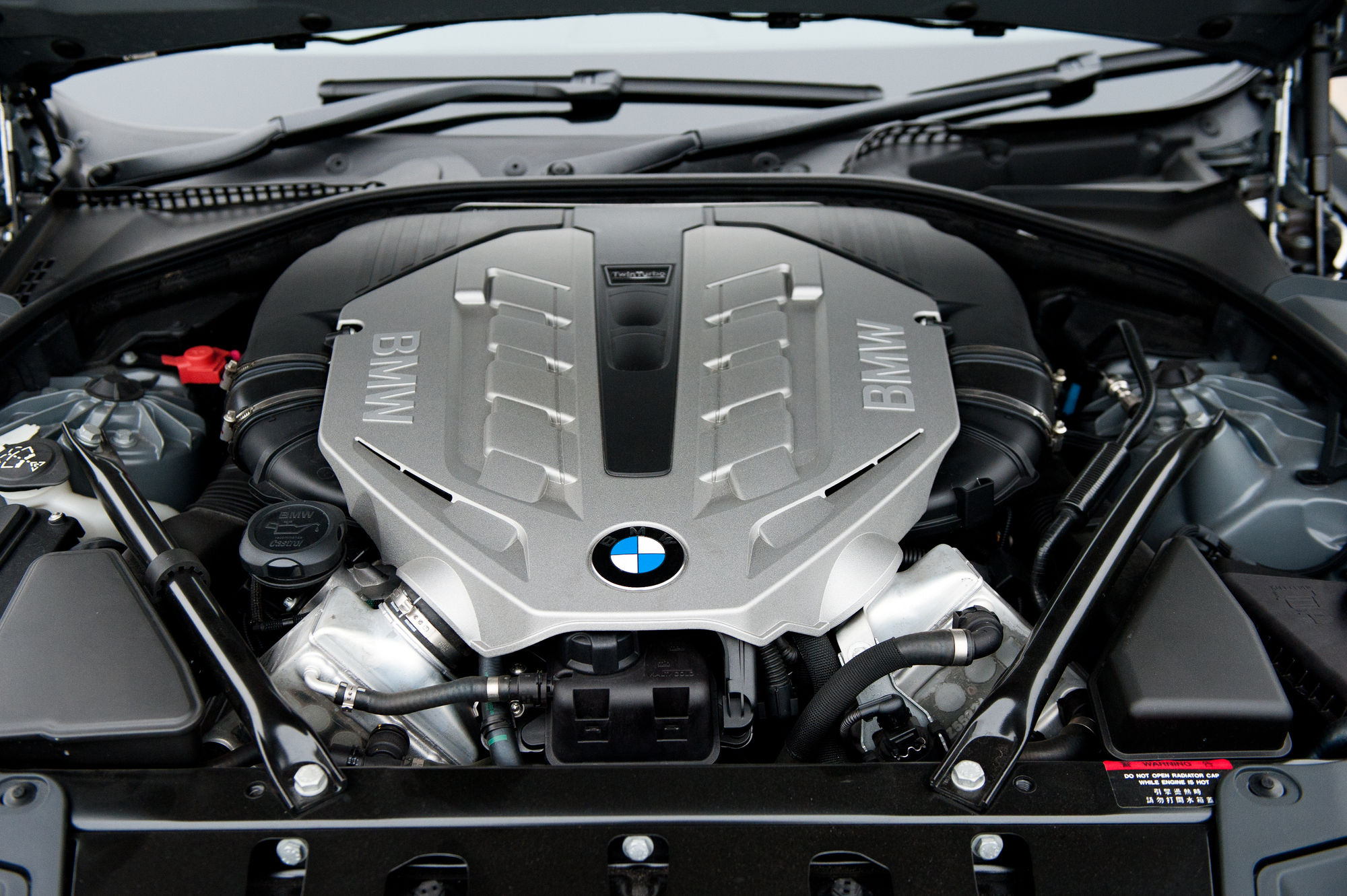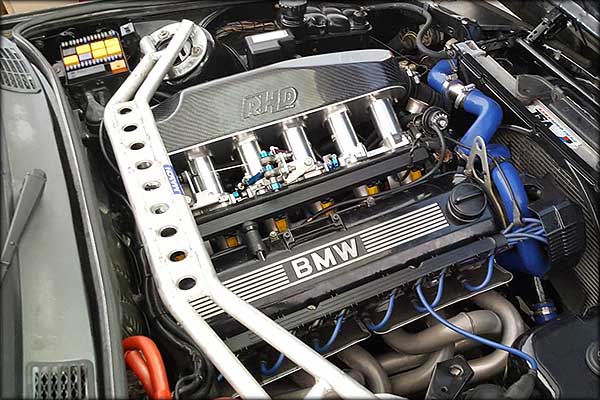How to Keep Your BMW Engine for Ideal Efficiency and Long Life
How to Keep Your BMW Engine for Ideal Efficiency and Long Life
Blog Article
Checking Out the Development of Burning Engines in Modern Transportation Equipments
As we navigate the landscape of modern-day transportation, the development of combustion engines stands as a testament to human resourcefulness and design expertise. From their simple beginnings to the sophisticated giants thrusting automobiles today, burning engines have undergone an exceptional journey of advancement and adaptation. Understanding the details of this evolution not just loses light on the past yet likewise paves the method for visualizing what exists in advance in the realm of transport modern technology. The interplay of background, technology, and ecological worries in forming the trajectory of combustion engines creates a narrative that is both engaging and informative.
Very Early Beginnings of Combustion Engines
How did the idea of combustion engines first emerge in the early phases of transportation growth? When the principles of inner burning were first discovered, the roots of combustion engines can be traced back to the 17th century. In 1673, Christian Huygens conceptualized a basic internal burning engine that used gunpowder to generate power. Nevertheless, it wasn't until the late 19th century that practical applications of combustion engines in transport started to emerge.
The development minute came with the invention of the initial effective gasoline-powered engine by Karl Benz in 1885 - bmw engine. This engine led the way for the development of the modern auto, revolutionizing transportation systems worldwide. Succeeding developments by Nikolaus Otto and Gottlieb Daimler better improved burning engine modern technology, bring about the mass production of automobiles and the quick expansion of the transportation sector
These very early combustion engines were characterized by their simplicity and efficiency, laying the foundation for the complicated and effective engines used in contemporary transportation systems. The evolution of burning engines has actually been instrumental in shaping the way we take a trip and carry products, noting a significant milestone in the history of transport growth.
Change to Internal Burning Technology
The change to inner combustion modern technology marked an essential shift in the evolution of transport systems. This change started in the late 19th century, with creators like Nikolaus Otto and Gottlieb Daimler developing the initial successful inner combustion engines. These engines changed transport by offering a more effective and effective alternative to steam engines and electric motors.
Among the key advantages of inner burning engines was their capacity to be scaled down to fit into vehicles, causing the development of autos and bikes. This shift from large, stationary engines to small, mobile ones led the means for the modern-day transport systems we see today.
The change to inner burning innovation likewise spurred improvements in gas modern technology, bring about the development of gas and diesel as key fuel sources for vehicles. This shift not just made transport extra easily accessible to the masses but likewise laid the structure for the oil and gas sector to end up being important to global economic climates.
Effect of Combustion Engines on Transport
The adoption of combustion engines in transport systems catalyzed an extensive change in the efficiency and rate of global wheelchair. Combustion engines reinvented transport by supplying a reputable and functional resource of power for numerous vehicles, including autos, aircrafts, trucks, and ships. This innovation considerably improved the capability for items and individuals read the article to move over fars away in much shorter timespan, causing raised connectivity in between regions and nations.
Moreover, the extensive usage of burning engines has had a significant influence on financial advancement. The ability to transport items effectively has actually spurred profession and business, allowing companies to broaden their markets and reach consumers worldwide. This has facilitated economic development and globalization, as products can currently be moved faster and in bigger amounts than in the past.
Nevertheless, the environmental impact of combustion engines can not be forgotten. The burning of fossil fuels has actually brought about air pollution and greenhouse gas emissions, adding to climate change and positioning wellness dangers to populaces. bmw engine. Because of this, there is an expanding focus on developing different propulsion modern technologies to minimize these unfavorable effects and create a much more lasting future for transportation
Innovations in Burning Engine Style
One significant technology is the advancement of turbocharged engines, which make use of exhaust gases to drive a turbine that compresses inbound air, enabling for more fuel to be burnt, resulting in enhanced power output without a significant boost in engine dimension. Variable valve timing systems have likewise transformed engine design by optimizing airflow at various engine rates, improving both power and effectiveness. These innovations collectively contribute to the constant improvement of combustion engines in modern-day transport systems.
Future Trends in Burning Engine Advancement
With innovation developments driving continual development, the future of burning engine development is poised to reinvent transport systems worldwide. One of the vital patterns in check these guys out burning engine development is the press towards better efficiency and lowered exhausts.
Another prominent fad is the fostering of crossbreed modern technologies in combustion engines. Hybrid engines combine conventional burning technology with electric power, supplying improved fuel effectiveness and lower emissions. As the automobile market shifts in the direction of electrification, crossbreed burning engines are viewed as a transitional solution that bridges the void between traditional cars and completely electrical ones.
Furthermore, the integration of wise modern technologies, such as expert system and information analytics, is expected to play a significant duty in the future of combustion engine development. These innovations can optimize engine efficiency in real-time, bring about a lot more effective combustion procedures and enhanced total lorry efficiency. Embracing these future patterns will certainly not just drive development in burning engine advancement however additionally add to a more sustainable and environmentally friendly transportation environment.

Conclusion
In verdict, the evolution of combustion engines in contemporary transportation systems has actually been marked by considerable developments in modern technology and layout. From the very early starts of burning engines to Visit Your URL the transition to interior burning innovation, these engines have actually had a profound effect on transportation.
The roots of combustion engines can be mapped back to the 17th century when the principles of internal burning were initial explored. These engines changed transport by providing a much more effective and efficient alternative to heavy steam engines and electrical motors.

Report this page